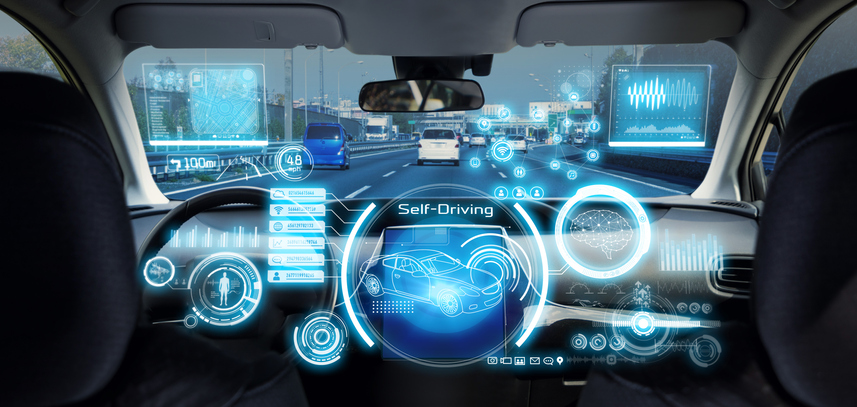December 18, 2018

At the beginning of self-driving vehicle production, these autonomous critters could be seen only near the Silicon Valley companies who brought them into being. Today, they are seen all over the country. The autonomous vehicle project is ramping up in places such as Miami, Phoenix
However, despite all these new arrivals on the scene, California remains the ultimate proving ground for self-driving technology. Even the state’s stringent regulations and reporting requirements for all automated vehicles
California has already met a record for the number of auto manufacturers allowed to build and test-drive autonomous vehicles. The state has also met a record for crashes involving said vehicles. The number of manufacturers allowed to test self-driving vehicles in the road is near 70, compared to last year’s figure of 46.
The number of autonomous vehicles has also doubled to nearly 700, up from 326 last year. And, as would be expected, the number of crashes has also doubled. According to Marty Greenstein, a spokesman for the California Department of Motor Vehicles, there are “more permit holders testing more vehicles than we have had in years past. [As a result,] the likelihood of an incident is naturally going to be higher.
Because no other state is tracking these figures as aggressively as California, it is difficult to make any accurate comparisons between the states. Except for the state of Arizona, where there is a test fleet of approximately 400 vehicles, it is common belief that no other location in the continental U.S. has anywhere near the number of self-driving vehicles in operation as the state of California.
As far as traffic safety goes, certain figures can help provide some idea of how well these human-less cars behave while on public roads. While the presence of these vehicles does not automatically mean that they are to blame, there is one problem that continues to occur: Self-driving vehicles have a tendency to be rear-ended. Since the beginning of 2016, there have been 111 crashes reported in the state of California that involve autonomous vehicles. Seventy-one of these have occurred while the vehicles were operating on a self-driving capacity. Of these 72 incidents, 51 involved being rear-ended.
Over the last three years, General Motor’s autonomous vehicle subsidiary, Cruise, has been involved in 26 crashes in California. Of these 26, 21 of them involved Waymo vehicles that were hit from behind. The autonomous automotive industry holds promise, but some adjustments will be needed in order to make these vehicles safe for public roadways.
Hello {{User.FirstName}} {{User.LastName}}.
You are logged in with email {{User.Email}}.